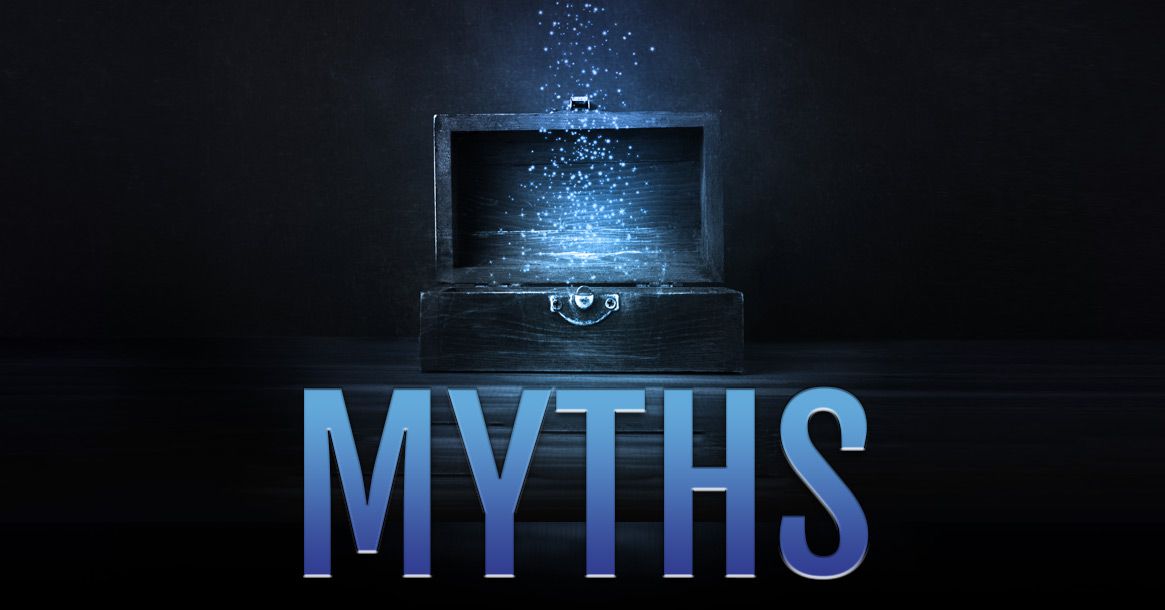Continuing our series on “Myths of Litigation Science,” we examine the notion that, “It’s too expensive to use a Litigation Consultant.” Such a comment begs the question, “Too expensive in comparison to what? An adverse verdict at trial? A settlement offer that is too high?” We have seen several occasions where clients have attempted to settle their case immediately following a mock trial. This is often due to the fact that the client had an idea of how much the case was worth, only to find out the potential damage awards were significantly higher than once believed. In fact, we worked on a case in Texas where settlement negotiations began before jury deliberations concluded. This was because the insurer could see and hear the discussions between jurors. Based upon these discussions, the insurer knew that he had little chance of winning the case and could end up paying out an amount of money much higher than originally expected.
We have often seen the flipside, too. There have been instances in which clients believe that a case is worth a specific amount of money only to find out that the case is really worth significantly less. For example, we worked on a personal injury case in Philadelphia where the client’s initial proposed settlement number was reduced following the results of the mock trial. Spending approximately $50,000 to find out that a settlement offer could be reduced by approximately $1 million seems like a good financial investment.
Similar cases aren’t really similar
One of the reasons why there is such a large swing between the assumed value of a case and the true value is because many times case assessments are based upon ‘gut instinct’ or ‘similar cases.’ However, there are very few ‘similar cases.’ Each case has its own specific aspects that are rarely duplicated. Take, for example, two cases involving a pedestrian and a bus. In both instances, the pedestrians are hit by the bus and partially run over. In both instances, the pedestrians have injuries to their lower extremities. Both incidents also occurred in the same metropolitan city and would be heard by jurors in the same venue. On the surface, these cases may seem similar. However, in one case, the pedestrian was walking in the crosswalk against the walk light with his headphones on. The pedestrian was also found to be intoxicated at the time of the incident. In the other instance, the pedestrian was walking in the crosswalk with the walk light and fully aware of her surroundings. I will not belabor the point, but a reader likely understands that these cases are not similar. In addition, the approach that would be used by defense counsel would likely not be the same in these cases either. Therefore, any attempts at using a formula for what ‘these types of cases’ are worth would lead to an erroneous case evaluation.
Aside from mock trials, a response to the comment, “It’s too expensive to use a Litigation Consultant” would also be, “Too expensive to prevent bad deposition testimony?” As many clients and attorneys know, witness testimony is one of the most important, if not
the most important, element of a case. Poor witness testimony can drastically turn the tide of the case. We have had multiple instances where we have been contacted by attorneys after a poor deposition and have been asked whether we can “fix” the witness’s testimony. Unfortunately, in those instances the answer is often “no.” The solution, however, is to not let it get to a point where bad deposition testimony occurs. To read more about how to avoid bad witness testimony, see my blog post for Myth #2.
The insurance dilemma
We understand that the decision to use a Litigation Consultant depends on the institutional and policy barriers inherent in a client’s organizational setting. For example, in the insurance industry, the claims department is responsible for paying for the use of a Litigation Consultant. However, our involvement benefits the indemnity side of the company. An insurance insider once told us, “No one from the claims side wants to spend $50,000 to save $200,000 from the indemnity side of the house.” As such, the plaintiff’s bar has taken advantage of this conflict of interest by outmaneuvering the defense from the moment the case is filed. By the time excess coverage kicks in, plaintiff’s counsel often has the defense behind the eight-ball. Excess coverage claims clients have no problem spending money to properly defend the case; however, it is often too little too late. Paying out unnecessarily large settlements leads to more lawsuits filed against that particular client, as word spreads regarding which companies are fearful of trials and would rather pay their way out of trouble.
At the end of the day, Litigation Consultants have one primary goal: save their clients’ money. To do this, it requires a financial investment on the part of the client. This financial investment, however, pales in comparison to the cost savings that result from a favorable case resolution. We would encourage clients to not fall victim to the adage of being, “penny wise and pound foolish.”
Be confident in achieving superior litigation outcomes. CSI has the expertise, track record, and capabilities to help you win.



